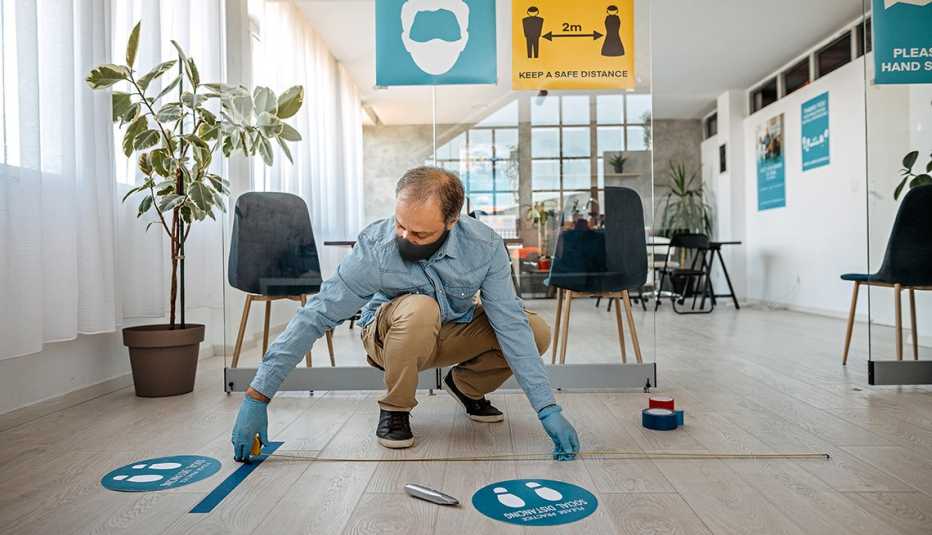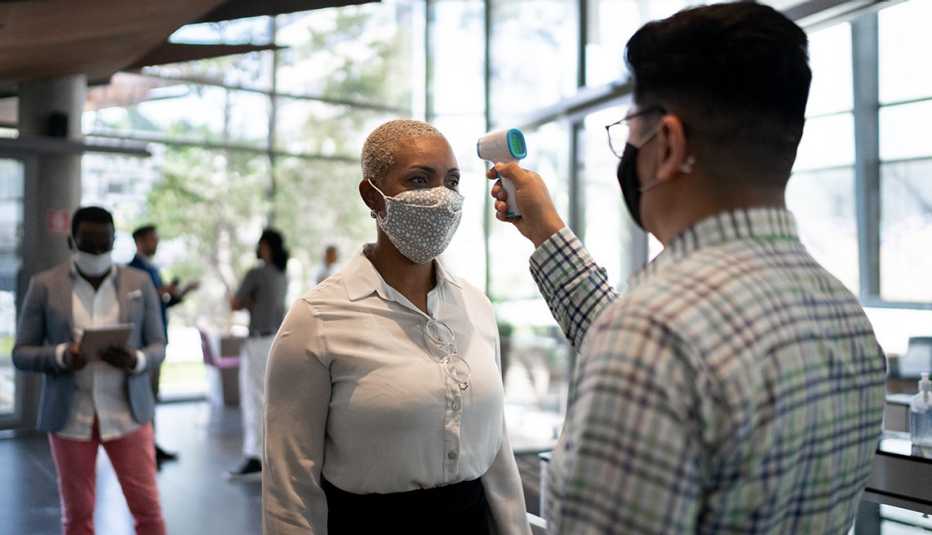AARP Hearing Center
While many older adults appreciate the flexibility that working from home offers, remote work could be costing them valuable career opportunities.
According to new Society for Human Resource Management (SHRM) surveys of both employers and remote workers, 42 percent of supervisors say they sometimes forget about their remote employees when they are assigning tasks. Being overlooked for opportunities for professional development within their company is one concern older adults often raise when discussing how age discrimination could affect their careers. The SHRM surveys suggest that working remotely could exacerbate that problem.
Many employers switched their workforce to full remote work during the COVID-19 pandemic. But as vaccinations have become more widely available, employers are rethinking how they might balance their goals to bring more employees back into the office with their workers’ desire for continued flexibility and hybrid work.
"With COVID-19 forcing a leap to remote work in many sectors of our economy, and organizations struggling to determine the best workforce strategies postpandemic, there's one fact that can't be ignored — remote work is not ideal for everyone,” says Johnny C. Taylor Jr., SHRM's president and chief executive officer. “Remote work can offer benefits, but employers need to take a closer look at whether remote and on-site workers have the same opportunities and whether managers have the tools they need to be effective leaders."
Here are three findings from the surveys that suggest that, in some ways, working from home could be harmful to career opportunities.
1. Fewer opportunities for professional development, advancement.
Many supervisors who responded to the survey said they sometimes forget about their remote staff, and remote workers voiced concern about that. Thirty-four percent of remote workers said working from home permanently would reduce the number of career opportunities available, and 29 percent said they would have fewer opportunities to grow on the job.
2. Out-of-pocket expenses for a home office.
Among the remote workers who were surveyed, 61 percent said they used their own money to pay for the equipment or furniture to set up their home offices. More than half (51 percent) said they spent from $100-$499. While much of those costs are for getting started, expenses such as high-speed internet and printing supplies can add up over time.































































